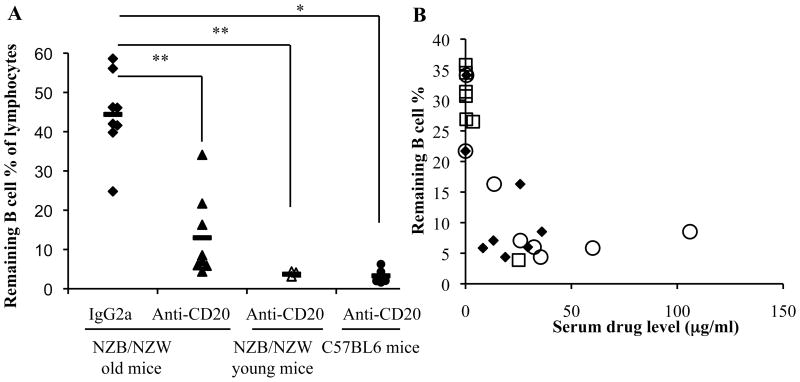Figure 2. B cell depletion with anti-CD20 in older lupus mice is more variable.
Six month old NZB/NZWF1 mice were treated with anti-mCD20 (n=8) or control antibody (IgG2a) (n=8) (300 μg) once per week for 4 weeks. Mice were selected based on two consecutive measures of proteinuria ≥ 100 mg/dl (2+) and < 300 mg/dl (3+). Younger NZB/NZWF1 mice (10 wk) (n=4) and C57BL6 mice (n=6) were treated with anti-mCD20 for comparison. (A) Splenic B cells (B220+) were quantitated by flow cytometry 1 week after the fourth and final antibody injection and displayed as a % of the total lymphocyte gate. Astericks indicate significant differences: **, p<0.001 by student’s t-test. *, p<0.05 by student’s t-test. (B) Serum anti-mCD20 concentration was measured at day 14 (closed diamonds) and day 28 (open circles) during the course of weekly injections (x 4) of anti-mCD20 (300 μg). Mice that were able to maintain good serum drug levels had more effective B cell depletion (splenic depletion at day 28 shown). Mice with 3+ or greater proteinuria at the time of treatment are depicted with squares; the remaining mice began treatment at 2+ proteinuria.

